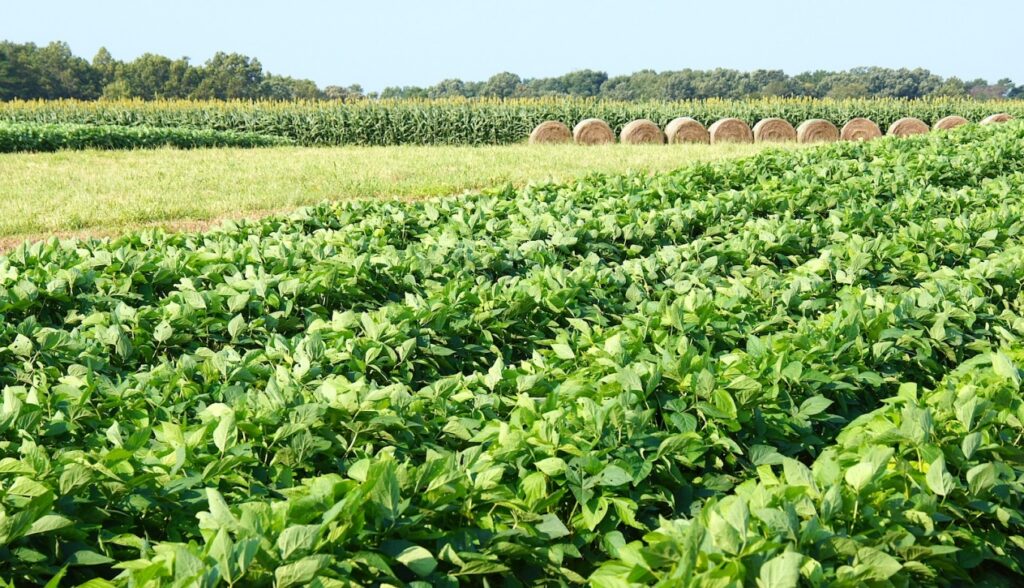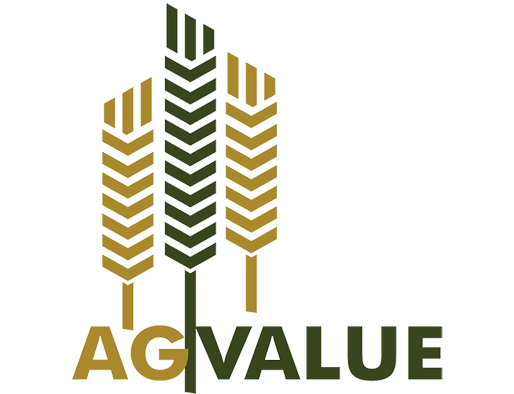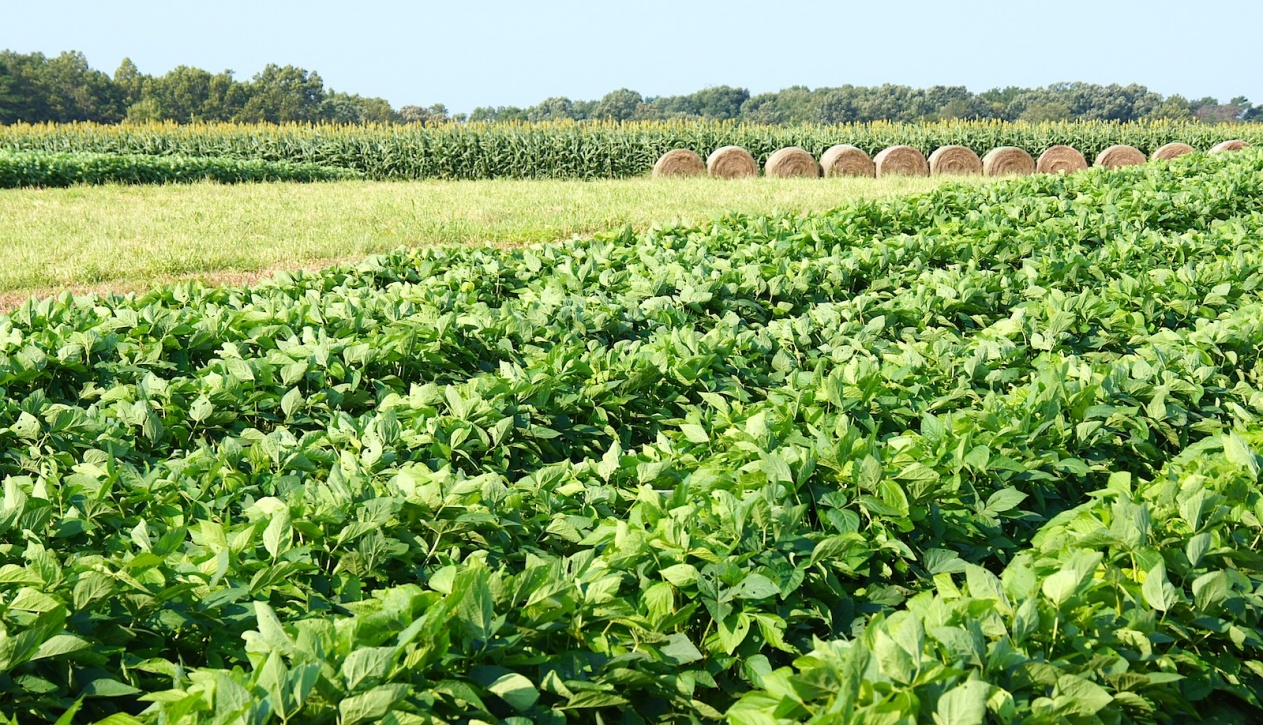
- AgValue Consulting
- August 7, 2024
- 5:50 pm
- 2 minutes
Navigating Crop Shifts: Implications for Georgia’s Agricultural Landscape
Recent data from the National Agricultural Statistics Service’s June Acreage Report reveals notable shifts in Georgia’s agricultural sector, indicating a dynamic interplay between crop choices and economic factors that could significantly influence land valuations and strategic decisions for farmers.
Peanut Planting on the Rise in Georgia
In 2024, Georgia farmers increased their peanut acreage to 850,000 acres, up from 775,000 in 2023. This 9.6% increase aligns with a broader national trend, where peanut planting rose to 1.757 million acres. The rise in peanut cultivation could be attributed to favorable market conditions or advancements in agronomic practices that enhance yield and profitability. For agricultural appraisers and investors, this growth suggests a robust market potential and a stable investment landscape for peanuts in Georgia.
Oat and Hay Crops Bumping Up Across Georgia
Oats also saw a significant uptick, with acreage increasing by 9% to 60,000 acres. Although this is a modest rise, it contrasts with a national decline, positioning Georgia as a key player in this market. Additionally, the increase in hay production points towards a strategic diversification by farmers aiming to stabilize income and enhance soil health, which is crucial for sustainable farming practices.
Georgia Agricultural Staples In Decline
Conversely, traditional staples like cotton and corn experienced a reduction in planted acreage. Cotton acreage slightly decreased by 0.9%, and corn saw a more substantial drop of 9%, reflecting perhaps shifts in farmer preference towards more profitable or sustainable crops. This reduction could impact the overall economic landscape of agribusiness in Georgia, affecting everything from land values to regional agricultural economics.
Winter Wheat Reaches a Low
The most striking decline was in winter wheat, with acreage decreasing by 26% to the lowest level since 2019. Such a sharp decline could indicate underlying challenges such as price volatility, input costs, or disease pressures that might be influencing farmer decisions.
Stable Soybeans and Evolving Tobacco
Soybean acreage remained stable, reflecting a steady market presence. However, the phasing out of tobacco acreage reporting by NASS, with an estimated increase in planting, suggests a niche market that may still hold value for specific growers amidst broader industry declines.
What Does This Mean For Valuations and Strategy?
These shifts in crop acreage not only reflect the evolving preferences and strategies of farmers but also signal changes in the economic and environmental landscape of Georgia’s agriculture. For stakeholders, understanding these trends is crucial for making informed decisions about land use, crop insurance, and investment.
For agricultural appraisals, these changes could mean adjustments in land value assessments, influenced by the potential profitability of different crops and their respective market demands. Crop diversification, while offering resilience against market and climatic fluctuations, also complicates the appraisal process, requiring a deep understanding of both local and national agricultural trends.
Contact AgValue Consulting For Your Next Valuation in Georgia
At AgValue Consulting, we specialize in navigating these complex dynamics, offering expert appraisal and valuation services that consider both the micro and macroeconomic factors affecting agriculture today. Whether you are a farmer looking to optimize your crop selection or an investor seeking to understand the implications of these shifts, AgValue provides the insights and detailed analysis needed to support your agricultural strategies.
For those interested in a deeper dive into how these shifts could affect your agribusiness, connect with AgValue Consulting. Our expertise is your advantage in understanding and capitalizing on the evolving agricultural landscape.

